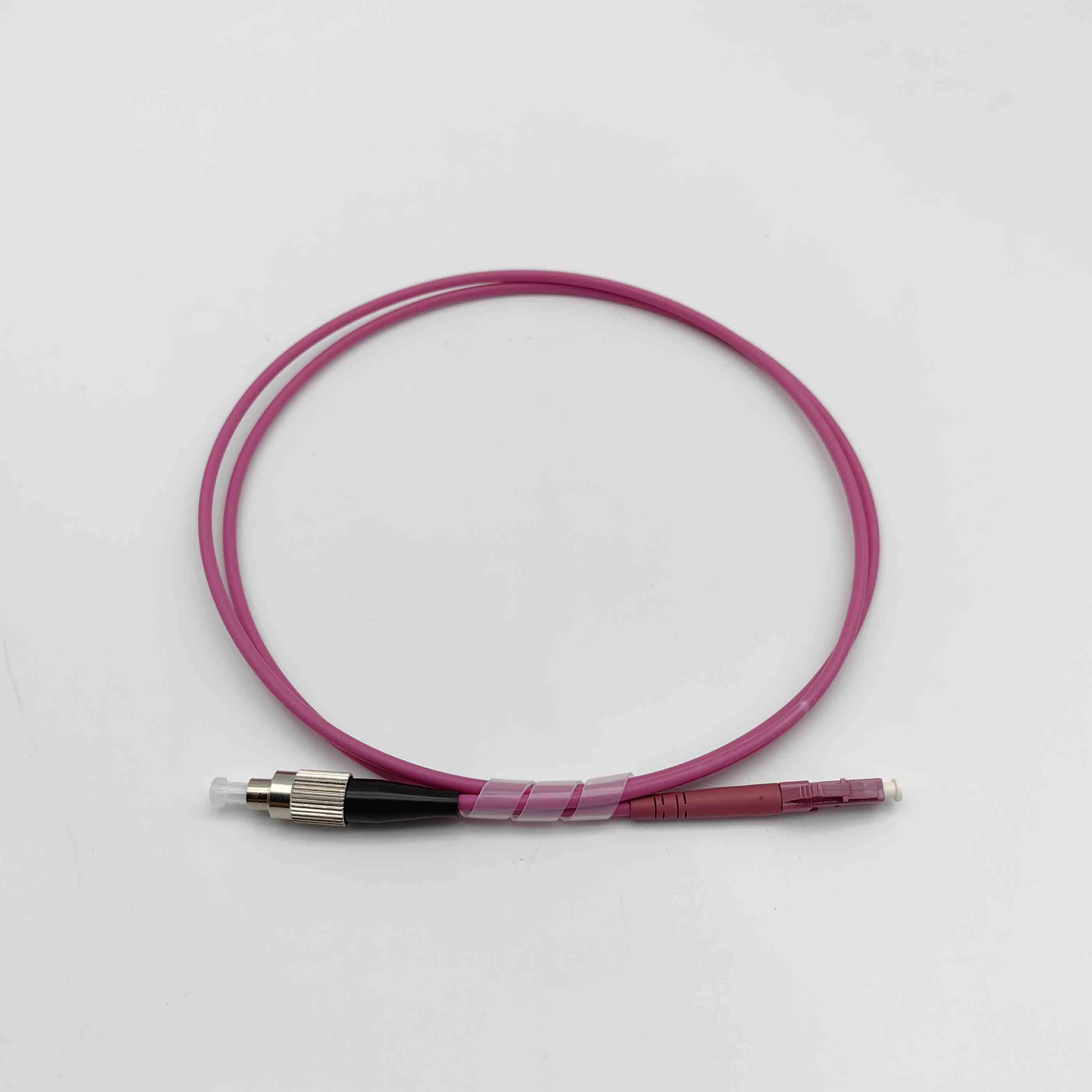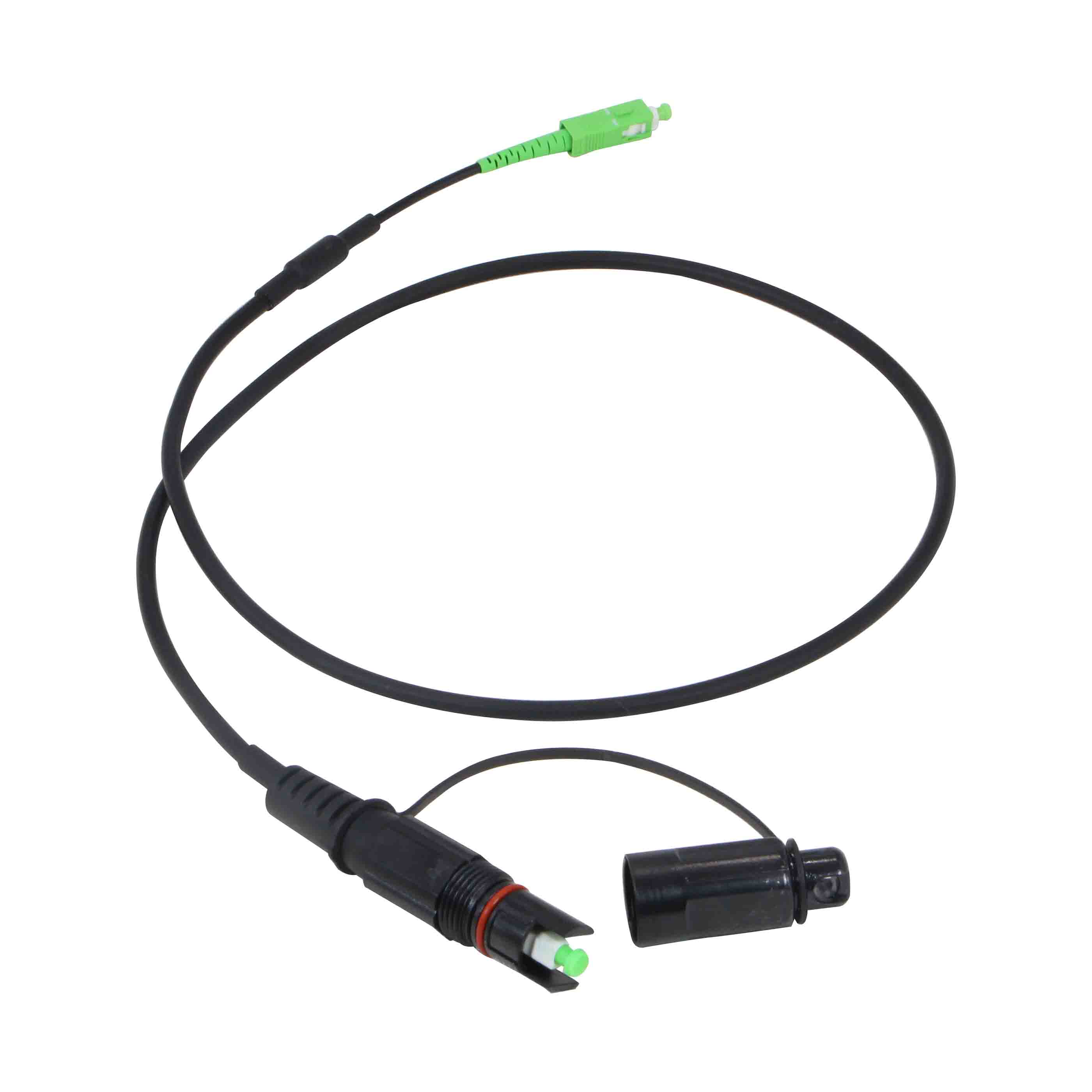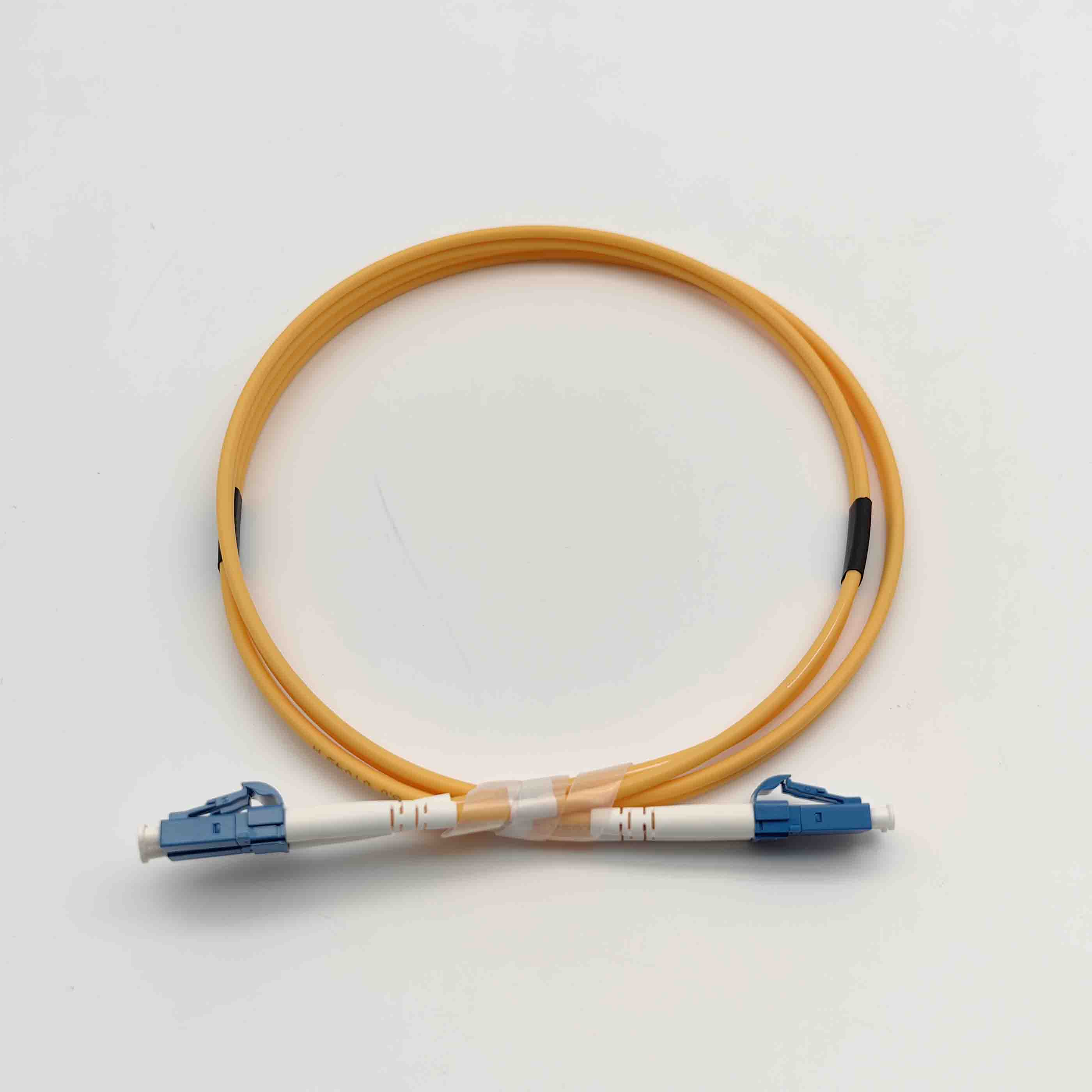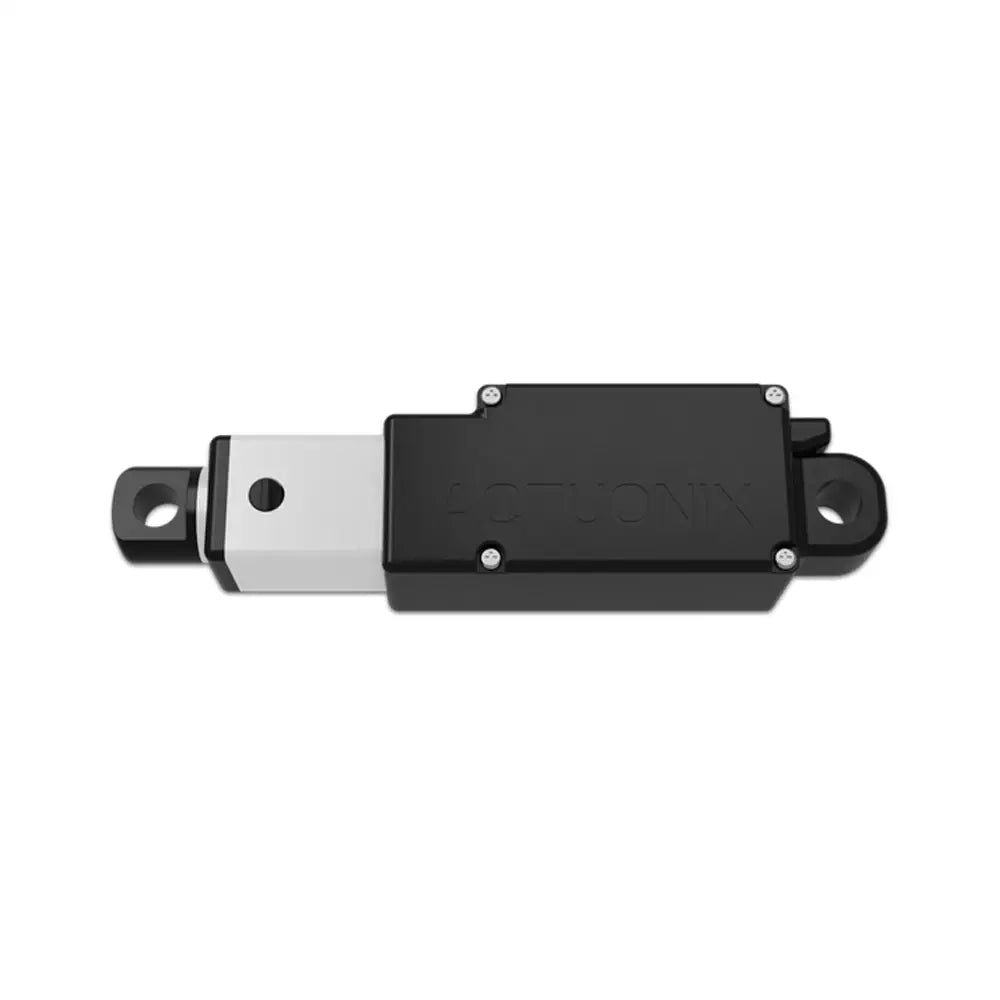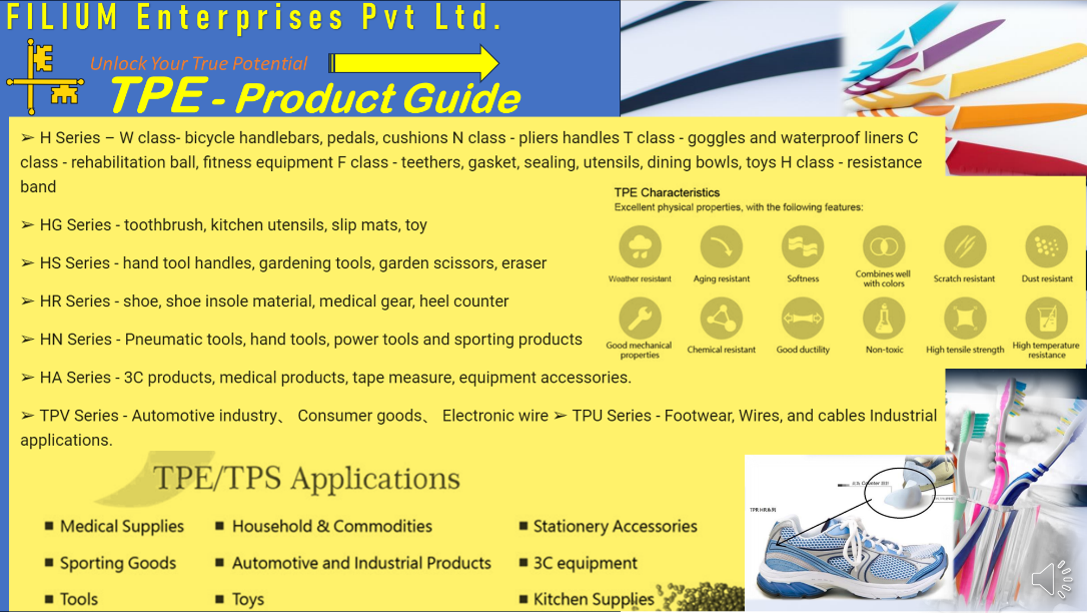How to Choose the Right Gear for Your Industrial Automation Needs
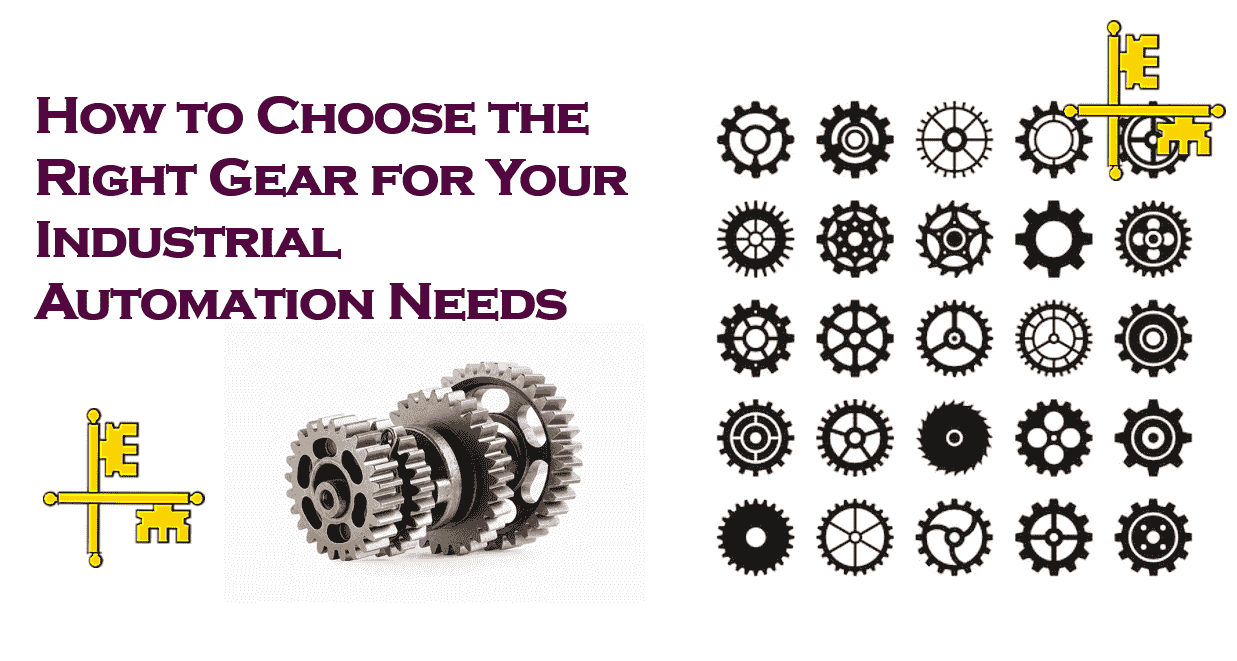
How to Choose the Right Gear for Your Industrial Automation Needs
In the world of industrial automation, the right gear can make all the difference in optimizing performance, efficiency, and longevity. Whether you're designing a robotic arm, conveyor system, or any other automated machinery, selecting the correct industrial automation gears is critical. The wrong choice can lead to inefficiency, frequent breakdowns, and increased operational costs. But with so many types of gears available, how do you choose the right one for your needs? This article will guide you through the process of gear selection for automation, focusing on factors to consider and tips to ensure you make the best decision for your specific application.
Table of Contents
- Introduction
- Understanding Industrial Automation Gears
- Key Considerations When Choosing the Right Gear for Automation
- Conclusion: How to Choose the Right Gear
Understanding Industrial Automation Gears
Industrial automation gears are mechanical components that transmit motion and torque between machine parts. They are designed to control speed, direction, and force within automated systems. These gears come in a variety of styles, including spur gears, bevel gears, helical gears, and worm gears. The type of gear you choose will depend on your automation needs, such as load capacity, speed requirements, and the direction of motion.
Selecting the right gear is crucial for achieving the desired performance and durability of the system. Poor gear selection can lead to mechanical failure, excessive wear and tear, and downtime, which can ultimately affect production efficiency.
Key Considerations When Choosing the Right Gear for Automation
1. Understand Your Application’s Requirements
Before diving into the technical details of gear selection for automation, it's important to assess the specific requirements of your application. Ask yourself the following questions:
- What is the required speed and torque for the system?
- Are you working with heavy loads or lighter loads?
- What is the expected lifespan of the system?
- Do you need precise motion control or can there be some flexibility?
By clearly defining these parameters, you can narrow down the type of gear that best fits your needs.
2. Load Capacity and Torque
One of the most important factors when choosing industrial automation gears is understanding the load capacity and torque required for your system. Different gears have varying load capacities, and selecting one with too low a capacity can result in premature wear or failure.
- Torque Requirements: Gears are often selected based on the amount of torque they need to handle. High torque demands require gears that can handle heavy loads without distortion.
- Load Distribution: Consider whether the load will be evenly distributed across the gear or if there will be concentrated pressure at specific points. Helical gears, for example, can handle higher loads due to their tooth engagement at multiple points.
3. Speed and Efficiency
The gear’s speed ratio is another essential factor. Industrial automation systems often need to operate at specific speeds for optimal performance. Gear ratios determine how the gear adjusts speed. For instance:
- High-speed systems: If you require high-speed motion, a gear with a higher speed ratio, such as a bevel gear or planetary gear, might be appropriate.
- Low-speed systems: For applications requiring low speed and high torque, worm gears are commonly used due to their ability to reduce speed while increasing torque.
Efficiency is also critical. Higher efficiency means less energy loss and reduced heating, which can extend the life of your system. For automation needs, helical gears often offer better efficiency compared to spur gears.
4. Space and Design Constraints
Industrial automation systems often come with limited space. Depending on the size of the machine, you may need compact gears that can fit into tight spaces. For example:
- Planetary gears are often used in compact designs because they are space-efficient and can handle high torque.
- Worm gears are also suitable for applications where space is a constraint, offering high torque output in a small package.
Additionally, consider the shape and orientation of the gears. For instance, bevel gears are ideal for applications that require a 90-degree angle between the input and output shafts, while helical gears work well for linear systems.
5. Material Selection
The material of the gear plays a key role in its performance, durability, and maintenance requirements. Common materials used for industrial automation gears include:
- Steel: Offers high strength and wear resistance, making it ideal for heavy-duty applications.
- Brass: Often used in situations where low friction is needed.
- Plastic: Suitable for lightweight applications, offering low-cost and quieter operations but with a limited load capacity.
Make sure to select materials that can withstand environmental factors such as temperature, humidity, and exposure to chemicals.
6. Noise and Vibration Control
In industrial automation, excessive noise and vibration can disrupt operations and affect the overall performance of machinery. The type of gear you choose can help minimize these factors. For example, helical gears, due to their tooth engagement, produce less noise and vibration than spur gears, making them ideal for quiet operations.
7. Maintenance and Durability
Lastly, consider the maintenance needs of the gears. While all gears require some form of maintenance, certain types are more durable and require less attention than others. For instance, worm gears generally need less maintenance but may suffer from wear if not lubricated properly.
Conclusion: How to Choose the Right Gear
Choosing the right gear for your industrial automation needs is a crucial step in ensuring the long-term success of your system. By considering the factors outlined in this article—such as load capacity, torque, speed requirements, material selection, space constraints, and efficiency—you can make a more informed decision.
Remember that selecting the proper gear is not just about choosing the right size or style; it’s about aligning the gear’s characteristics with the specific demands of your automation process. If you’re unsure, consulting with a gear manufacturer or an expert in industrial automation can also help guide you in making the best choice.
Ultimately, making the right gear selection for automation will lead to improved performance, reduced downtime, and cost savings, all while ensuring the longevity and reliability of your system.
Related Products
Here are some relevant stats and facts that could be incorporated into the article to enhance its authority and provide more context:
1. Global Industrial Automation Market Growth
- The global industrial automation market is expected to grow from $175.5 billion in 2022 to $296.7 billion by 2030, at a CAGR of 6.7%. This growth is driven by advancements in automation technologies, including the increasing use of robotics, AI, and the Internet of Things (IoT) .
2. Importance of Gear Efficiency
- According to the Gear Research Institute, a gear system with 95% efficiency can save up to 5% in energy costs over a system that operates at only 90% efficiency. For industries that rely on automation and continuous operation, these savings can result in significant cost reductions in the long run .
3. Material Choices for Gears
- Steel gears, especially hardened steel, are commonly used in automation systems for their ability to withstand high stress and ensure durability. For instance, hardened steel gears typically have a lifespan up to 5 times longer than those made from standard materials such as aluminum .
4. The Role of Noise and Vibration Control in Automation
- Research shows that helical gears produce up to 40% less noise and vibration compared to spur gears. This is a key factor for industries that require smooth operation in environments sensitive to noise, such as manufacturing facilities, hospitals, and clean rooms .
5. Gearbox Reliability
- According to a study by AGMA (American Gear Manufacturers Association), approximately 60% of gear system failures in industrial settings are due to improper gear selection and insufficient maintenance. This emphasizes the importance of choosing the right gear for automation to prevent unnecessary breakdowns and enhance reliability .
6. Space-Saving Solutions with Planetary Gears
- Planetary gear systems are used in 30% more compact spaces compared to traditional gear setups, making them ideal for high-performance applications in confined areas. They also offer high torque and are often used in robotics and automotive manufacturing .
